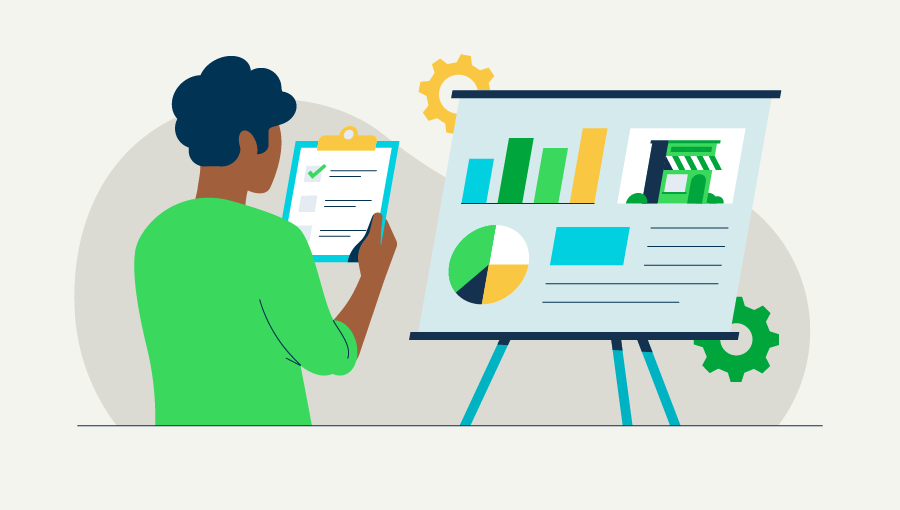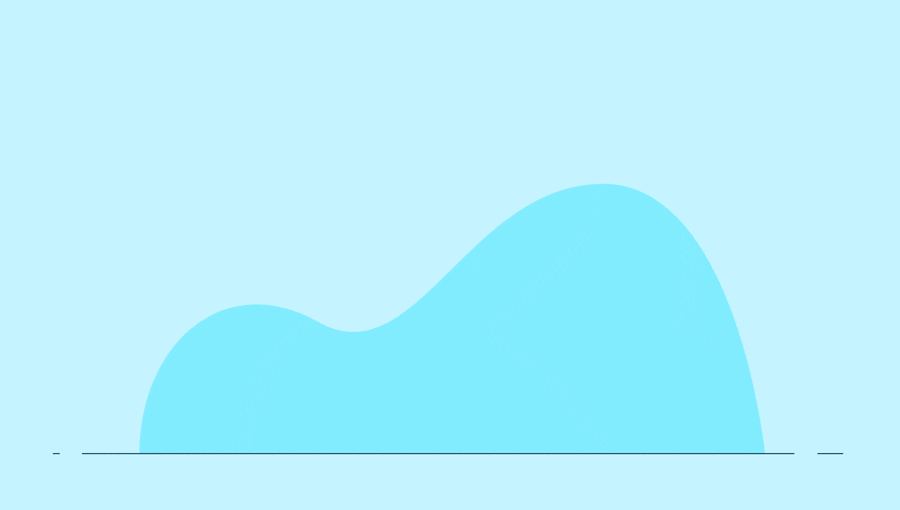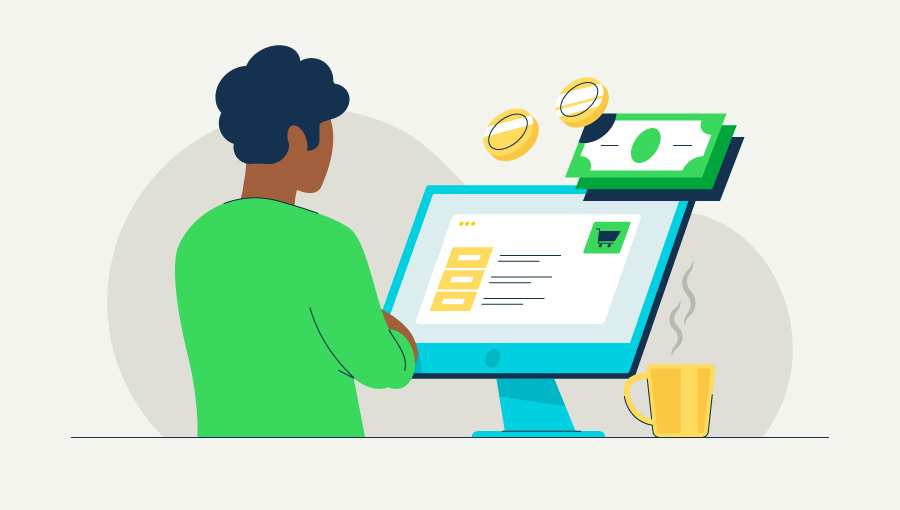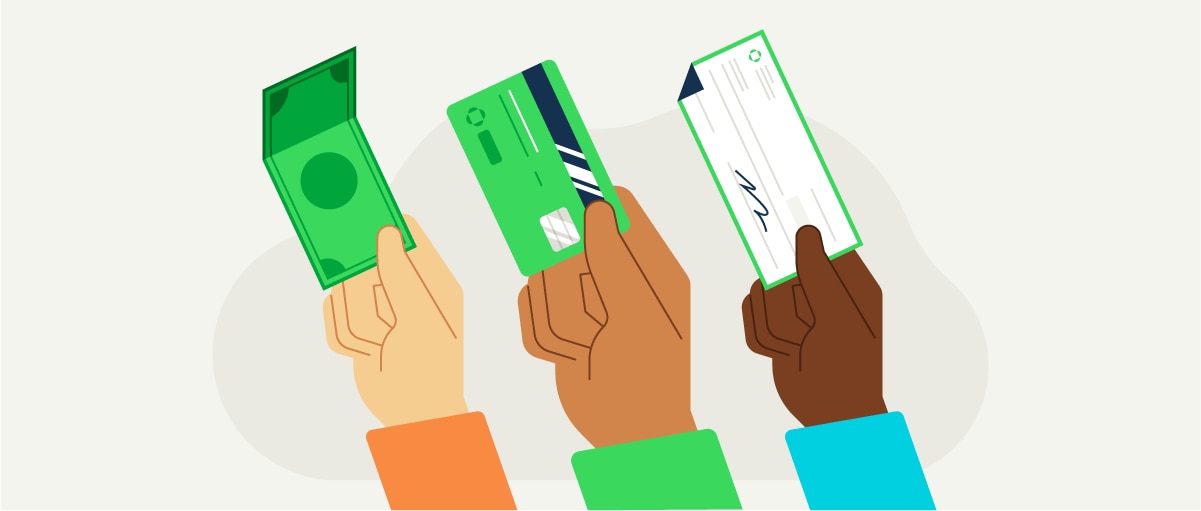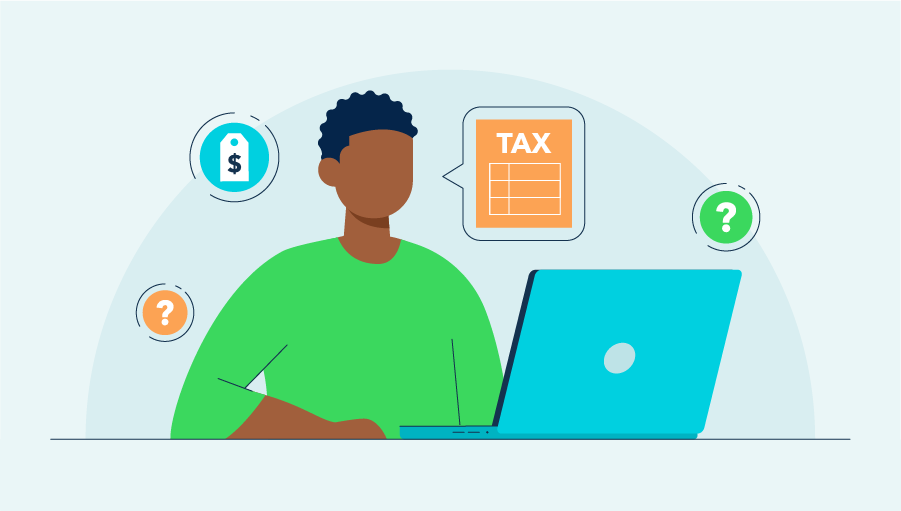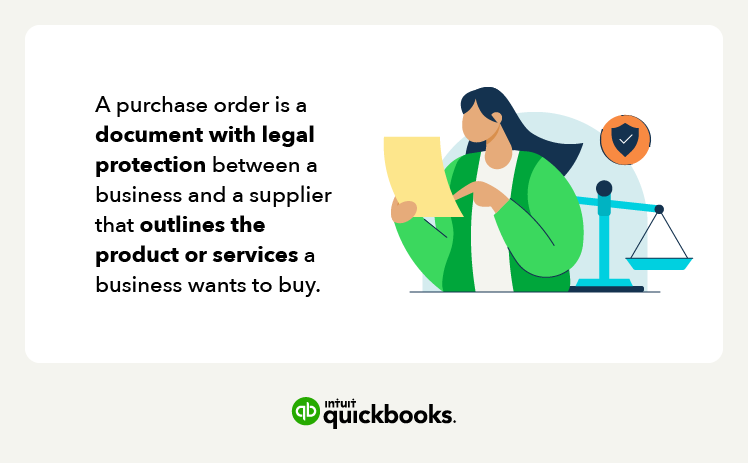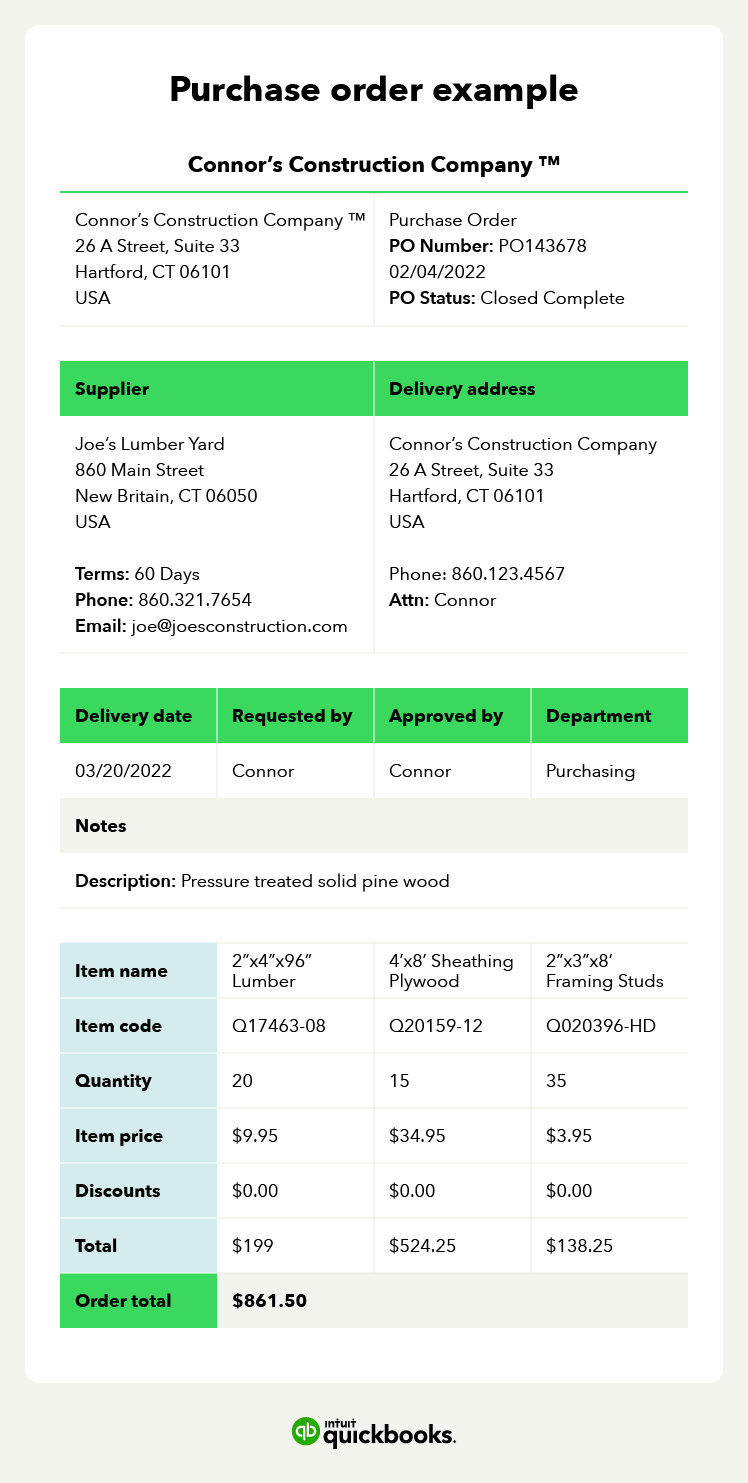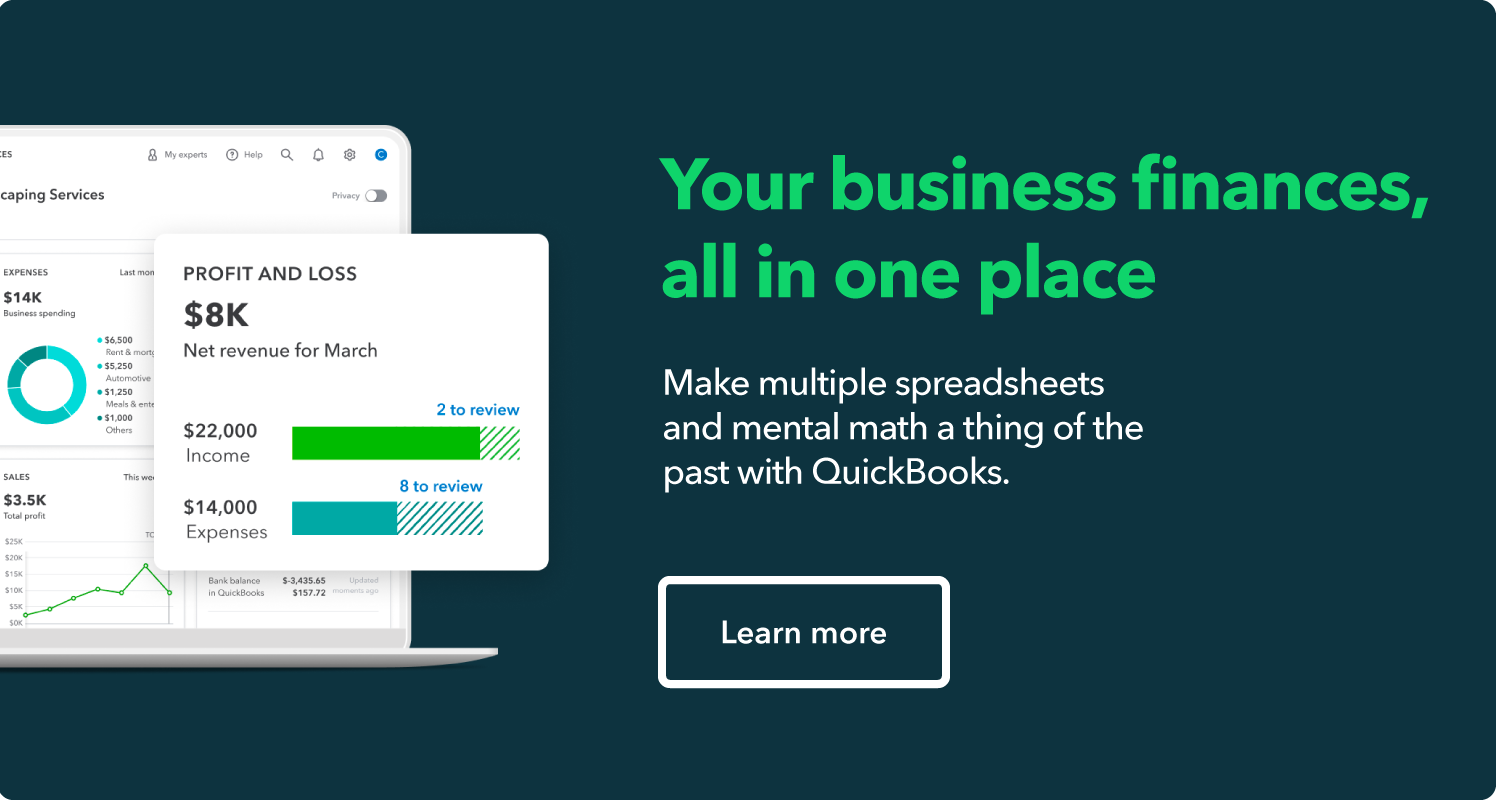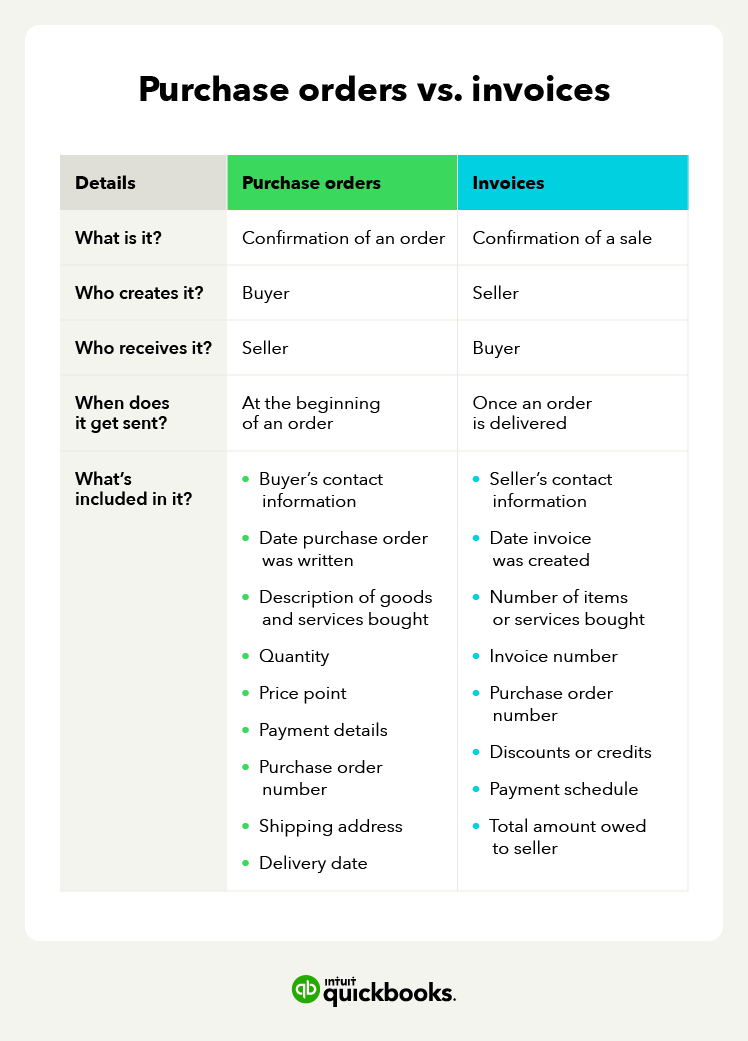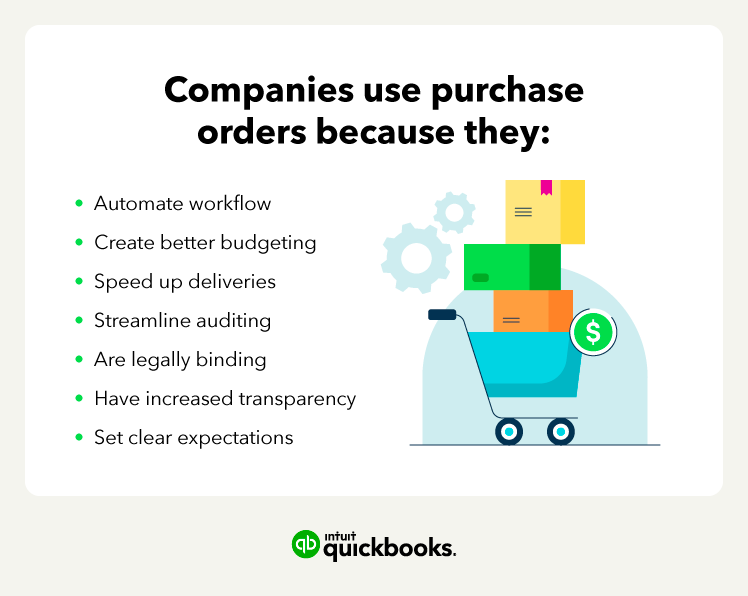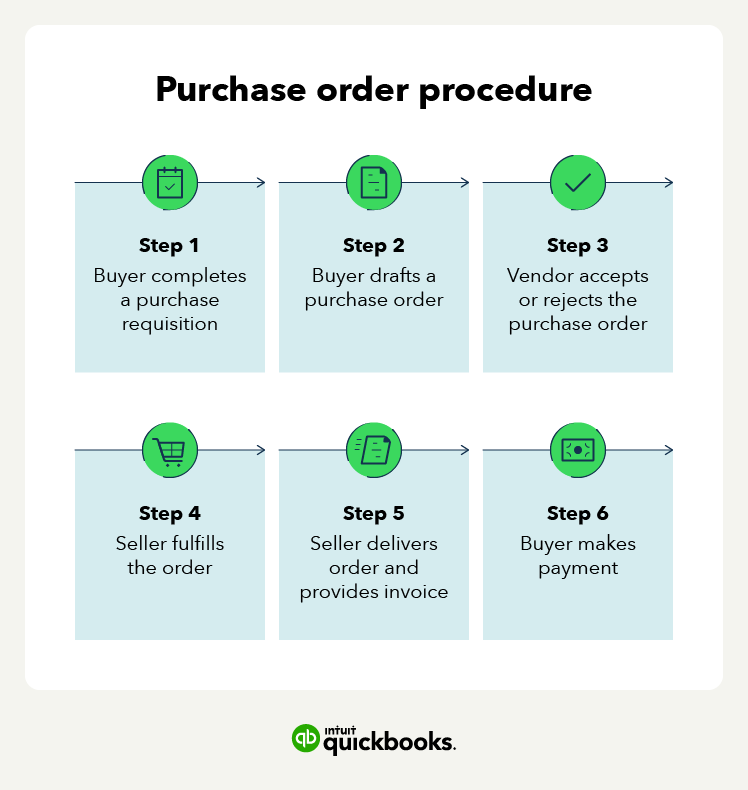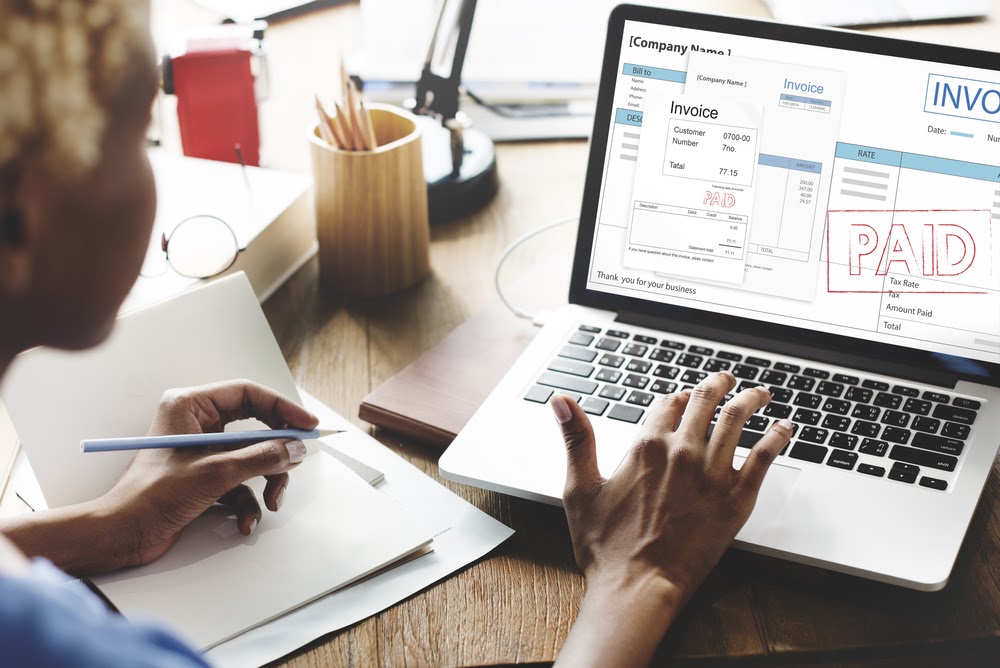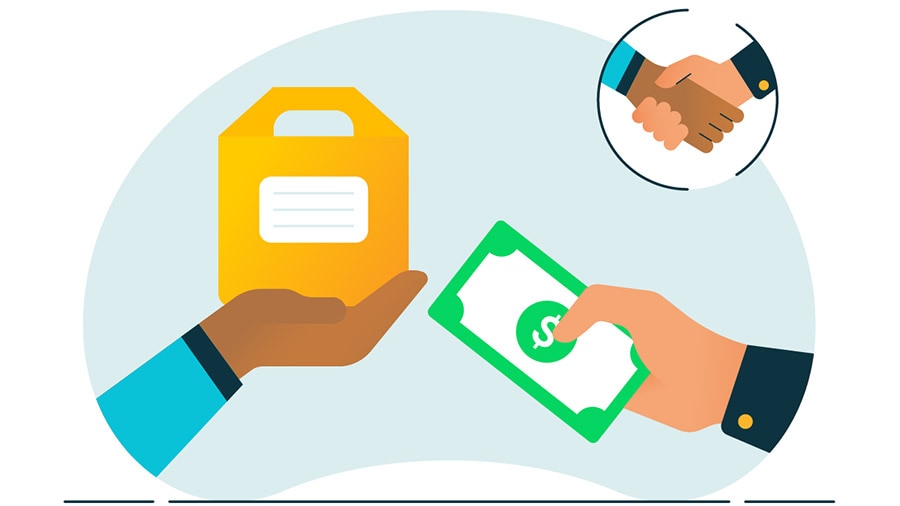Once a purchase order is sent to a vendor, you’re probably wondering what happens next. Below are the steps that take place before, during, and after the purchase order process.
Step 1: Buyer completes a purchase requisition
Before sending a purchase order, a buyer first needs to figure out what and how much they need to buy. A purchase requisition form is a document that the purchasing department typically fills out. This document allows companies to track their expenses and keep tabs on the items or services they ordered.
Step 2: Buyer drafts a purchase order
Once it’s determined what items or services need to be ordered, a company creates a purchase order form. The purchase order will include contact information, the date, each item’s price, quantity, and PO number.
Step 3: Vendor accepts or rejects the purchase order
In the next step of the PO process, the vendor has the option to either accept or reject the purchase order. Once the seller accepts and signs the purchase order, it becomes a legally binding contract. If it’s rejected, the seller might ask the buyer to make revisions or the buyer might have to find a new vendor.
Step 4: Seller fulfills the order
Once the seller accepts the purchase request, they will begin fulfilling the order by taking out the inventory or scheduling staff.
Step 5: Seller delivers order and provides invoice
The seller then delivers the products or services to the buyer, along with packing slips to keep track of what was delivered. Along with the delivery, the seller provides an invoice with the appropriate PO number to match the delivery information.
Step 6: Buyer makes payment
After reviewing the invoice, the buyer will then pay for the products or services they received. The payment should have already been agreed upon between the buyer and seller and a payment due date established in the purchase order.
Simplify your process with purchase order management
Purchase orders are a great tool for recordkeeping, as they document the goods and services a buyer needs from a vendor. Companies use purchase orders to send order details to a supplier to ensure they receive the right products or services by the expected delivery date. Purchase orders also help with inventory management, as they allow companies to see what inventory may be running low.
Creating a purchase order is simple, especially when using an electronic purchase order system. With QuickBooks Online and QuickBooks Payments, you can manage orders and invoices, accept payments like credit cards, and more. Learn how QuickBooks can help your small business today.
